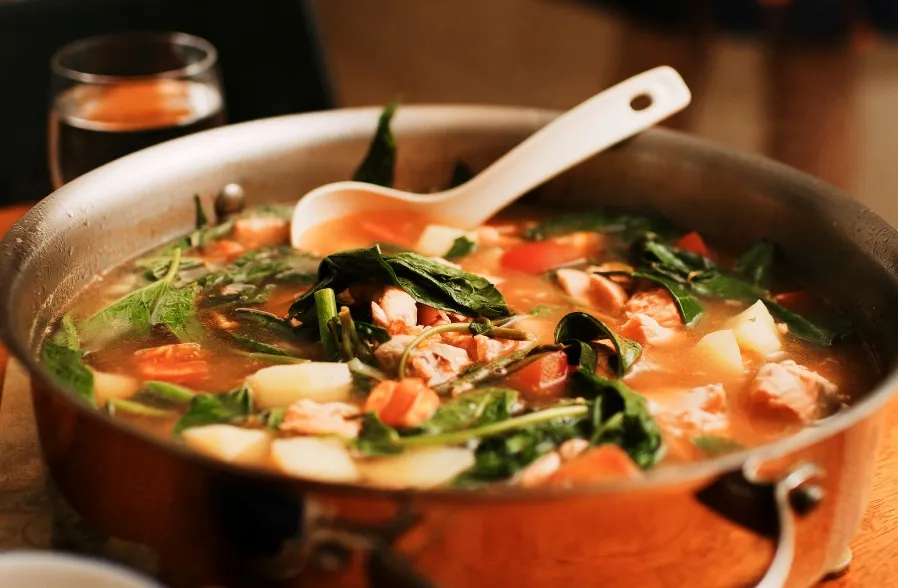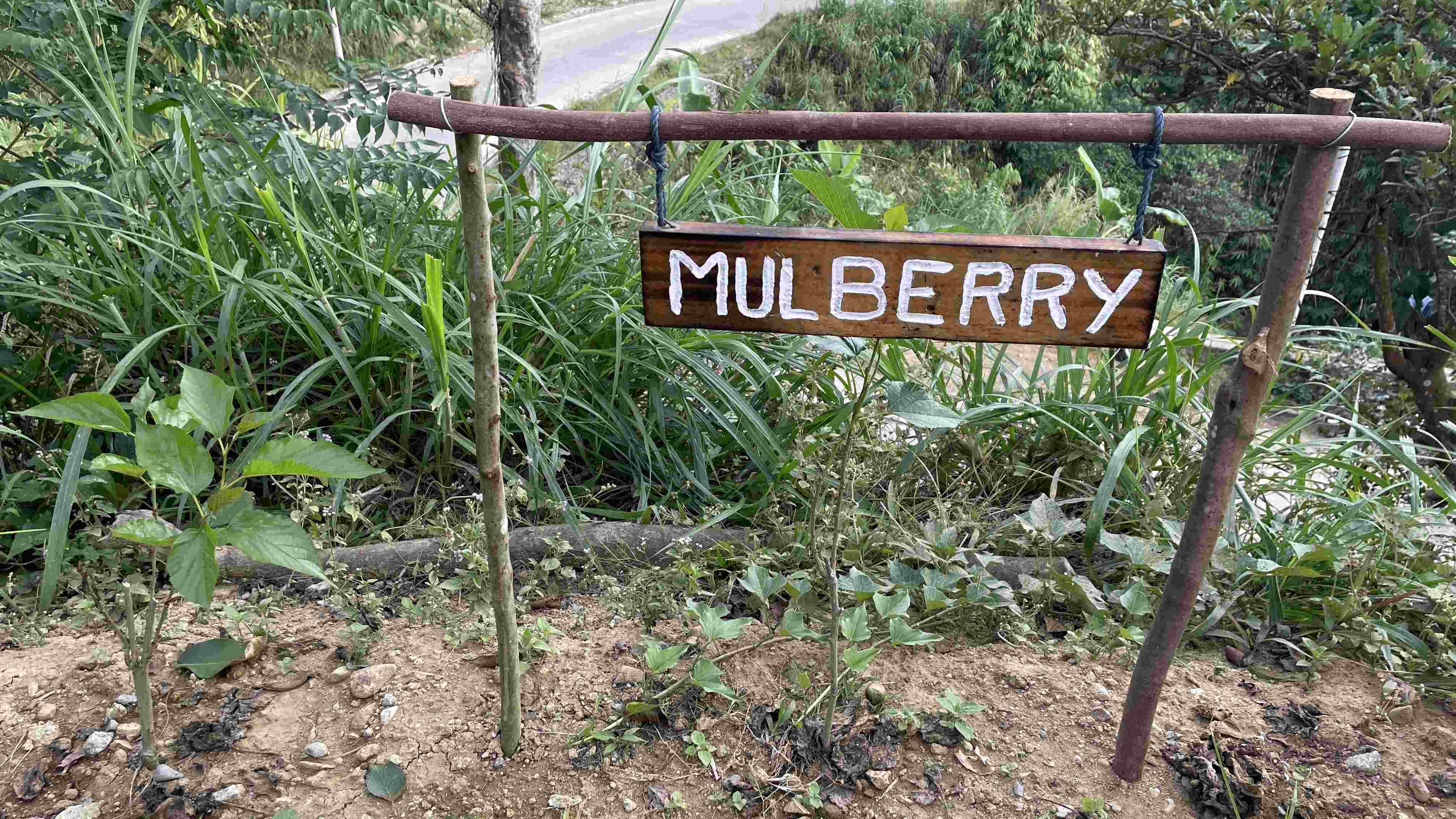10 Must-Try Filipino Comfort Foods for Foreign Friends
One of the realities of condo living in the Philippines is that there’s a pretty good chance of you having a foreigner as a neighbor. Whether it’s a dentistry student from Iran or an American expat running a BPO company, the neighborly thing for any Filipino to do is to welcome them properly. There are lots of things you can do, but there’s a reason why “kain” (eat) is a greeting among Filipinos: Filipino food recipes are the best welcome gesture you can give to a friend. Besides, the “ber” months in the Philippines are upon us, and the chill makes it all the more fulfilling to indulge in food in the condo.
With that in mind, you’ll want to introduce your new foreign friend to our unique and varied culinary culture. Going out to a restaurant is one option, but condo home cooking has various other benefits. Here’s a list of some authentic Filipino foods to try and prepare right in your condo.
Halo-Halo
This is actually a bit of a cheat since halo-halo may actually have come from the Japanese during their occupation of our country. But given the sticky heat we have in our country, halo-halo is one of the best Filipino comfort foods to introduce to foreigners. Just shave some ice, add sugar, milk, and candied fruits, and enjoy. Oh, and remind your guest to not eat too fast; nobody likes to experience brain freeze, after all.
Sinuglaw
The more heart-healthy alternative to sisig as a pulutan, sinuglaw is a local dish that is popular in the southern regions of the Philippines. Its name is derived from putting together sinugba (usually grilled pork) and kinilaw (raw fish flavored with spices). Unlike sisig, this dish doesn’t have a lot of grease, so it’s a great option especially if your guest is health-conscious. It typically has a sour and spicy kick that makes it a perfect partner for beer. You can also pair it with local beer brands, or you can try it with a foreign alcoholic beverage that your guest is more familiar with.
Bulalo
Living in a condo is great, but cold and rainy days tend to be very depressing for everyone wherever they reside. A great dish to serve during these times is bulalo, which is beef shank boiled with lettuce and string beans. This is a favorite in mountainous provinces, particularly in high-altitude areas. The dish is also best cooked slow, though it’s not just to bring out the flavor; cooked right, the beef should take on a soft, fall-off-the-bone texture that is just sumptuous. Add color to the dish by including corn on the cob, cut into thirds, to the broth. Eating the gelatinous bone marrow is a novel experience for many foreigners, so encourage your friend to do that and watch his reaction.
Tinola
Another rainy-day favorite is tinola. It’s chicken broth with onion and ginger, and includes chili leaves and either green papaya or sayote. The beauty of condo living is that the best communities give you easy access to supermarkets and malls. The dish is very simple, and usually you can get the ingredients easily from the nearest grocery store. Tinola is usually cooked in low heat for a long time to bring out the best flavors. When you introduce this to your foreign friend, try having it with a bit of fried fish like tilapia or bangus on the side.
Sinigang
Yet another rainy weather favorite is sinigang, a sour broth dish. It’s a very flexible viand: the most popular souring agent is sampalok, although you can also use calamansi. You can use fish, shrimp, pork or beef. Kangkong is the staple vegetable for sinigang, and you can throw in others like tomatoes, onions, and radishes. Add miso or gabi if you want to give the broth a slightly thicker consistency. Basically, the decision to serve sinigang will give you a lot of leeway when you do your grocery shopping in preparation. Oh, and don’t forget to serve it with a side of bagoong for the complete Filipino experience.
Adobo
In the Philippines, food culture is inherently tied to local culture and preference that even the classic adobo has thousands of regional variations. The basic template is the same: you take the meat, usually chicken or pork, and boil it in water, soy sauce, and vinegar. Common variations of the dish involve the use of garlic, onions, and pepper, and the more adventurous alterations include hard-boiled eggs or pineapples. With the sheer variety of adobo dishes out there, you’re likely to find a recipe that’s exotic enough to be a new experience for yourself as well as your foreign friend.
Leche Flan
Creamy, syrupy, and dreamily sweet: that’s the Filipino leche flan. It’s a custard dish that’s similar to crème brulee, but it’s much thicker, which lets it hold its characteristic oval shape when cooked in a llanera. Probably the hardest thing in preparing leche flan is getting the bubbles out of the batter when you put it in the llanera to cook. You have to filter it carefully through a very fine sieve or some cheesecloth or katsa, which you should be able to ask for from your local bakery. If you get it right, it’s going to produce that sinfully smooth texture that the dessert is famous for.
Dinuguan at Puto
Many foreigners don’t like the idea of consuming pig’s blood, but a fairly recent Buzzfeed article shows that given a chance to try it, they might actually like it. Dinuguan is one of the most adventurous Pinoy dishes to try. It’s a pork meat dish with a gravy-like brownish-black sauce, which is made from simmering pig’s blood with vinegar and various spices. It’s a nice savory merienda treat that is usually served with puto, a Filipino rice cake. If you have trouble convincing your guest to try it, show them that Buzzfeed video, and see if that doesn’t change their mind (it probably won’t).
Longganisa
Want to introduce a quintessential Filipino breakfast food? Try longganisa. Like the case of adobo, there’s a lot of regional variation of pork sausage, with northern varieties being garlicky or salty and southern varieties being sweet. Fry a few pieces then add garlic fried rice, atsara, and a sunny-side up egg, and you’ve just made a nice plate of longsilog for non-Filipino guests to try and hopefully enjoy.
Lechon Kawali
Lechon is probably the definitive Filipino food for celebrations, but since it’s a whole pig that’s spit-roasted for hours, it’s usually not the best dish for cooking in the condo. Instead, you can prepare lechon kawali, which is pork belly that’s pan-fried until it gets that gorgeous, crispy crackling skin. The crunch that comes with every bite is so satisfying that, before you know it, the whole plate is empty. Serve it with lechon sauce, which is available in any supermarket or grocery store.
You may not have the time or the energy to act as a local tour guide. Luckily, you don’t have to, because a Filipino food trip is a great way to introduce the Philippines to your non-Filipino guests without stepping outside your unit. Foreigners may not appreciate Filipino cuisine because they have different tastes. However, sharing the Filipino eating experience is a great gift in itself.




